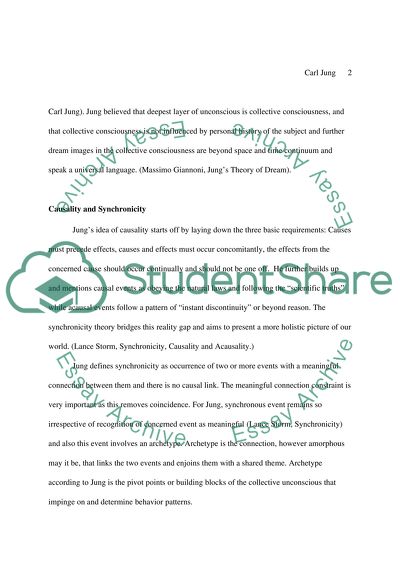Cite this document
(Carl Jung: Life and Theories Essay Example | Topics and Well Written Essays - 1750 words, n.d.)
Carl Jung: Life and Theories Essay Example | Topics and Well Written Essays - 1750 words. https://studentshare.org/biographies/1512761-carl-jung
Carl Jung: Life and Theories Essay Example | Topics and Well Written Essays - 1750 words. https://studentshare.org/biographies/1512761-carl-jung
(Carl Jung: Life and Theories Essay Example | Topics and Well Written Essays - 1750 Words)
Carl Jung: Life and Theories Essay Example | Topics and Well Written Essays - 1750 Words. https://studentshare.org/biographies/1512761-carl-jung.
Carl Jung: Life and Theories Essay Example | Topics and Well Written Essays - 1750 Words. https://studentshare.org/biographies/1512761-carl-jung.
“Carl Jung: Life and Theories Essay Example | Topics and Well Written Essays - 1750 Words”. https://studentshare.org/biographies/1512761-carl-jung.


